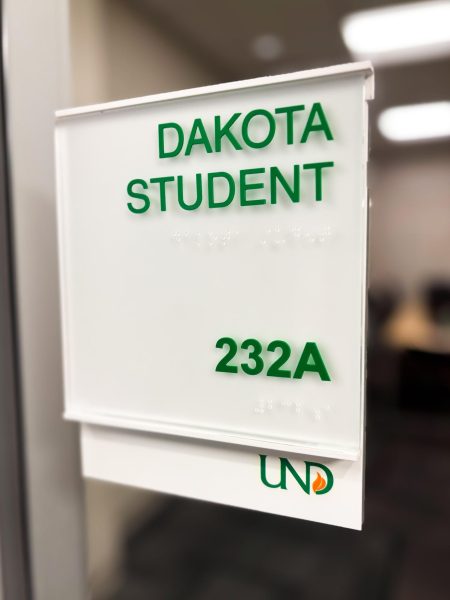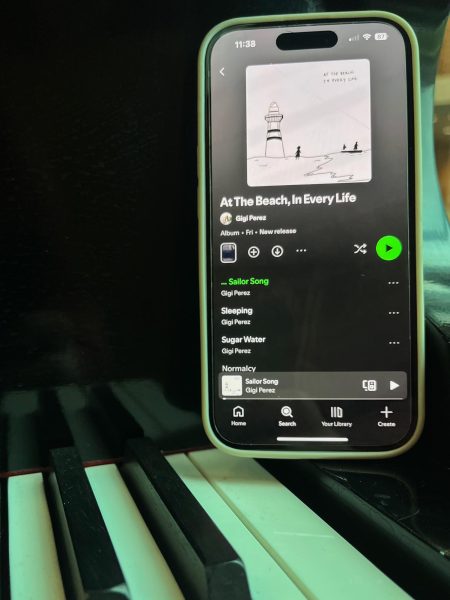Saying the right thing
When you find yourself in a position to say something — and you realize you have one chance to say it — what will it be?
This prompt is often left unasked, or unanswered, by those who speak, and when it is ignored, it supports the illusion of black-and-whiteness, lumps those involved into opposing factions and abandons the original intent of the discussion — to find the best answers and achieve the most beneficial impacts.
It matters to the discussion not just what one says, but when, and how loudly.
This really started sinking in when I started work on one of my class writing projects this semester.
I’m trying to figure out how climate change science gets communicated between researchers, journalists, legislators, activists and laypeople — using polar bears as an example case study.
And though I’ve been reading through dozens of lengthy political documents, court cases and news stories, it didn’t take long to see the ways people interpret facts — the ways they choose to retell stories given the same base of information — differ amazingly.
I use the word “amazing” to describe the sensation one gets when reading differently interpreted information available on the New York Times and Fox News, or on the Department of Interior’s management website and the World Wildlife Fund’s “adopt a polar bear” webpage.
It feels very much like walking through a maze — curiously turning corners to learn more, but again and again led to the same frustrating dead ends.
Speakers tell stories that wind through a sea of facts until you find yourself somewhere in the middle, knowing only you’re far from any exit. It might be easier to draw a neat conclusion in blood on the wall and stare at it until you’ve forgotten the maze around you and the countless other paths and facts still available for consideration.
But the safe thing to say — the thing that’s been said before, that’s been painted on maze walls by misled speakers, whose skeletons pile in the halls and prevent escape by those still curious — will not light the way to an exit.
It doesn’t mean we can’t escape to find the best explanation possible; some mazes are just more amazing than others.
What it does illustrate is the importance of people speaking, of building these mazes of interconnected facts to tell a particular story to lead to some end.
Though I haven’t heard anyone in the Union discussing polar bear conservation legislation, the talk around campus last semester during the Black Lives Matter movement is the strongest example I’ve seen of how my classmates, following the echoes of the long-lost wanderers before them, speak themselves into the most treacherous of dead ends, and no amount of zealous adherence to one story or force of smashing their hearts against one wall can get them out.
It is absolutely true that most police officers are not murderous racists.
But when we’re speaking about the death of Kajieme Powell, a mentally ill black man shot 12 times by police — 9 times after completely collapsing on his face on the sidewalk — immediately arguing that police have a difficult job sounds much more like maze painting than truth seeking.
It’s as true as the fact that two officers in uniform decided to kill Kajieme instead of call an ambulance for him.
But re-read that sentence; which fact should we take direction from in this maze? Which will lsead us to a creater understanding of the full sutuation, and which will box us into having no room at all to learn more (while a man our age lies dead on the concrete)?
I showed the video of Kajieme’s shooting to my classmates last semester when it happened, and somebody’s first response was, “Stealing is wrong.”
Here’s the link on Vice News: http://bit.ly/1q323zU.
Take two minutes of your wandering to see what you think. Then tell a friend about it.
What will you say?
Will Beaton is the editor-in-chief of The Dakota Student. He can be reached at william.beaton@my.und.edu.






